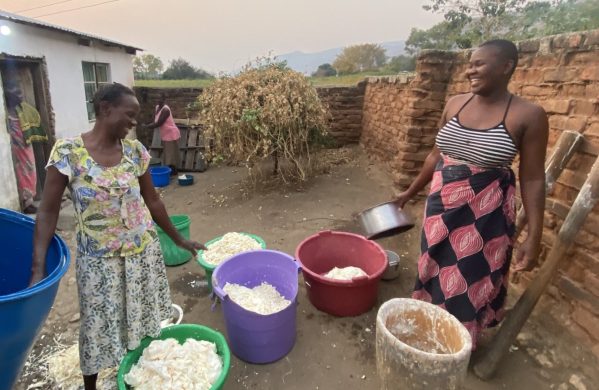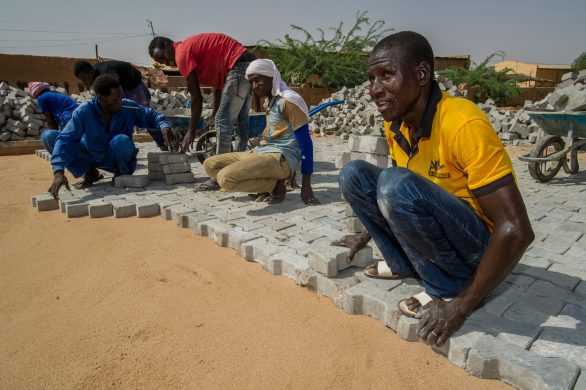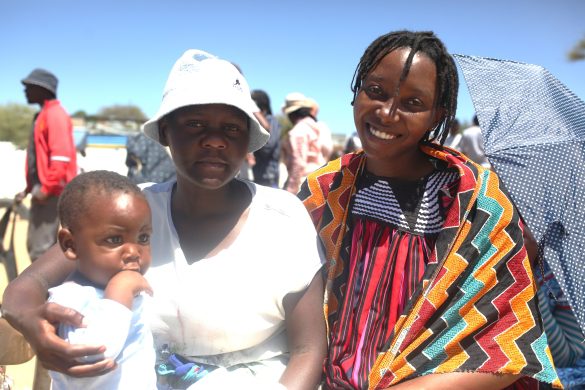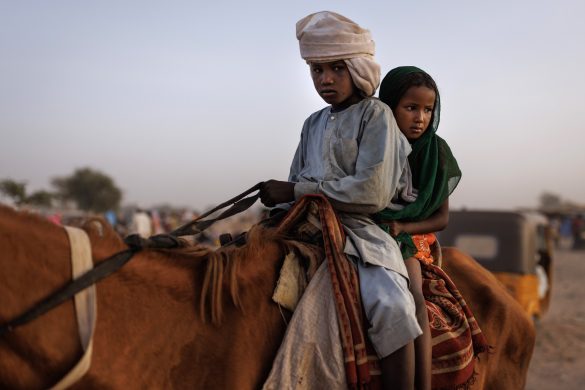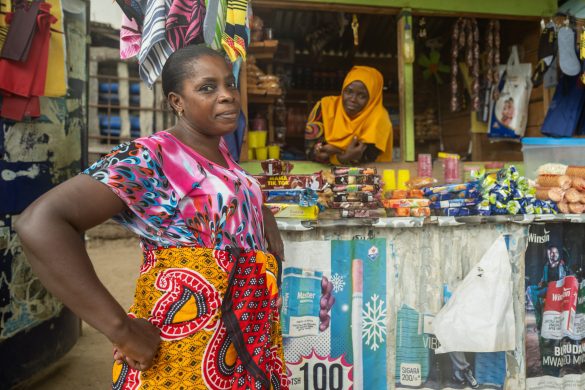Engang var ris en fin og sjælden spise i Afrika, sådan er det ikke mere – og det koster på fødevaresikkerheden
LONDON, 2 June 2011 (IRIN): Most of us, when we worry about food prices, think short term – the price today compared with yesterday; the chance that the price will have gone up again tomorrow.
But Oxfam this week risked some long term predictions, and came up with alarming results. The British aid agency foresaw the steepest rise of all in the price of rice, with rice in China, for instance, becoming 80 percent more expensive by 2020, and 180 percent dearer by 2030.
The price of rice is obviously of huge concern in China, India and the rest of Asia, where it has always been the basis of the diet – just as the Middle East has traditionally depended on bread, Italy on pasta, northern Europe on potatoes and Africa on maize, cassava and root crops (rodfrugter) like yams.
But tastes in food are changing, driven by urban lifestyles and global communications. Consumers, no longer limited to what they can grow in their own area, look for foods which are easy to prepare and eat.
The losers have been staples (grundnæringsmidler) which need lengthy preparation – soaking (gennembløde), peeling (skrælle) and pounding (støde/formale). The winners have been pasta, noodles, and above all, rice, making the price of rice a matter of pressing concern far beyond the traditional rice-eating countries.
Nigeria has a rich tradition of foods based on local crops, amala (yam skin porridge) and eba (made from cassava), ogi (fermented cereal = gærede kornprodukter) and pounded yam.
Rice used to be a party food, noodles practically unheard of. Now rice and noodle dishes are the staple of roadside food stalls, and every night in TV advertisements, smiling housewives feed their perfect families on instant noodles and jollof rice.
Forty years ago Nigerians ate an average of three kilograms of rice a year; now it is 35 kg and rising. Nigeria is one of the world’s biggest rice importers, lying third (behind the Philippines and Iran) in 2008, the last year for which International Rice Research Institute figures are available.
It should add up to big profits for the international rice traders, and it does, but they are acutely aware of the vulnerability of the system.
A senior executive from one of the world’s biggest global dealers in agricultural produce said this week he was really concerned about threats to, and the sustainability of the supply chain.
– Look at Africa, Chris Brett, senior vice-president and global supply chain manager for Olam International, told an audience at the UK’s Institute of Development Studies (part of Sussex University).
– It is absolutely amazing how much food is imported. We know that the food security agenda is very important, noted he.
Vulnerable to price fluctuations
Læs videre på http://www.irinnews.org/Report.aspx?ReportID=92873


